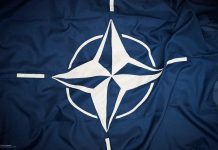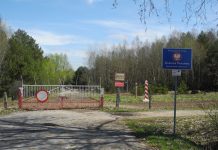
The United States is taking steps to significantly improve its air defense capabilities on the Pacific Island of Guam in response to growing geopolitical tensions. Guam is a strategically important location, hosting Navy and Air Force bases that support America’s regional influence, as well as an increasing Marine presence. The Guam Naval Base and Andersen Air Force Base have been identified as potential targets for Chinese and North Korean strikes in the event of a regional conflict. The deployment of assets such as DF-26 and Hwasong-12 ballistic missiles has increased the island’s vulnerability, as has the deployment of new ship and air-launched cruise missiles and hypersonic weapons.
The recent relocation of U.S. Marine facilities from Okinawa to Guam, which is further away from potential attacks, has increased its strategic importance. Guam is also expected to host B-21 nuclear-capable stealth bombers in the early 2030s. These bombers have shorter ranges than their predecessors, the B-2 bombers, and require forward deployment for unrefueled penetration strikes into China.
Despite efforts by the Obama administration to strengthen the island’s defenses in response to North Korea’s advancements in ballistic missile technology in the mid-2010s, Guam’s vulnerability remains a topic of concern. In an effort to increase the resilience of its critical facilities, Guam is expected to establish up to 20 new air defense sites. These sites are expected to house a mix of surface-to-air missile launchers, radars, and other assets under an Enhanced Integrated Air and Missile Defense (EIAMD) system.
Plans are also in place to implement major new airspace restrictions. A U.S. military report states that the missile defense system would fully protect Guam and that site selection is ongoing. If the proposal is executed, the Missile Defense Agency (MDA) and the Army would build the EIAMD to operate continuously. The exact missile defense assets to be used have not yet been determined.
Washington is diversifying its facilities in East Asia, including expanding its presence on Wake Island and in Northern Australia. These locations are expected to serve as staging grounds for B-21 nuclear-capable bombers.
East Asia is becoming an increasingly important player in the global high-tech and economic arenas, and the ability to militarily dominate the region and strike potential adversaries has become paramount for American and broader Western Bloc interests. In response, China has developed the H-20, a bomber similar to the B-21. Both aircraft are expected to make their maiden flights within a similar timeframe and potentially enter service concurrently.
However, China’s lack of overseas airbases means that its bombers are expected to have much longer ranges, similar to the current B-2, in order to facilitate retaliatory strikes against the United States if necessary.




